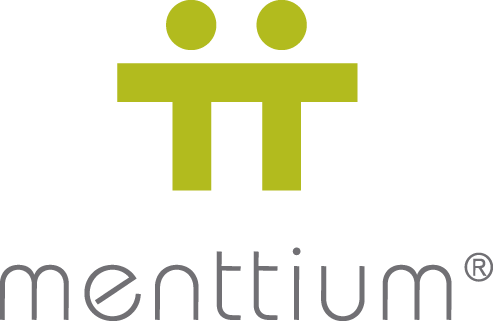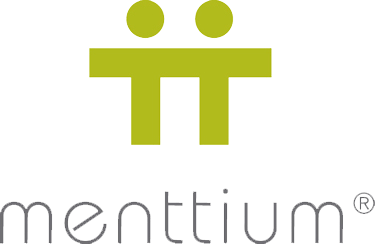24 May Reclaiming Wellness in Leadership

Amy Brandli, Head of Operations at Visana Health, joins host Megan Cummings-Krueger to discuss practical strategies for reclaiming wellness in leadership and life. Drawing from decades of experience in healthcare, Amy shares valuable tips on the four pillars of wellbeing and how they can be integrated into daily routines for a more balanced, fulfilling life.
The Four Pillars of Wellbeing
Amy structures her approach to wellbeing around four key areas: physical, mental, social, and emotional. Each pillar plays a significant role in reclaiming balance in life. Here are her insights:
Physical Wellbeing
- Breathe intentionally: One of the simplest yet most effective practices is to be mindful of your breath. A deep exhale can reduce tension and help reset your brain during stressful moments.
- Take walking meetings: If possible, use one-on-one calls as an opportunity to walk, promoting circulation and breaking up the monotony of sitting.
- Daytime naps: For those with flexible schedules, a short nap during the workday can recharge both physical and mental energy, improving overall productivity.
Mental Wellbeing
- Reduce distractions: Multitasking often diminishes productivity. For example, disable unnecessary notifications and focus on one task at a time to increase efficiency.
- Deep work sessions: Block time on your calendar for uninterrupted work. Amy recommends two-hour blocks for project-based tasks, ensuring deep focus without distractions.
Social Wellbeing
- Say yes selectively: While it’s important to push yourself to accept new opportunities, Amy advises against saying yes to every invitation. This helps prevent burnout from overcommitment.
- Balance virtual connections: As someone who works remotely, Amy emphasizes the importance of maintaining personal connections to stay energized and socially fulfilled.
Emotional Wellbeing
- Connect physical and emotional health: Activities like hugging loved ones or watching light-hearted content (like animal videos) release dopamine and reduce stress, enhancing emotional wellbeing.
- Manage work-life boundaries: Create intentional breaks from work by turning off non-essential notifications and setting clear expectations with your team.
Leadership and Team Dynamics in a Virtual Setting
Amy also discusses her role as a leader in a fully remote company, and how she fosters connection and productivity among her team, despite the challenges.
- Build personal connections: Weekly presentations where employees share about themselves help create trust and understanding within the team, even in a remote setting.
- Assume positive intent: Amy recommends approaching every interaction with the mindset that colleagues are doing their best, which promotes a culture of mutual respect and high performance.
- Balance communication: Finding the right amount of meetings and emails is crucial. Too many meetings can lead to burnout, while too few can result in disconnection.
Daily Practices for Wellbeing
Amy leaves listeners with a few key takeaways:
- Ask for help: Recognizing that no one can do everything alone is a sign of strength, not weakness.
- Say no when necessary: Setting boundaries is critical for maintaining balance. When overwhelmed, ask for help prioritizing tasks.
- Track positive feedback: Keep a record of compliments and achievements to remind yourself of your value during challenging times.
Conclusion
Amy Brandli offers a refreshing perspective on how to balance professional responsibilities with personal wellbeing. Her practical advice, grounded in her extensive experience, resonates with anyone seeking to reclaim wellness in leadership as well as life.
Recommended Resources
- Blind Spot: The Global Rise of Unhappiness and How Leaders Missed It – John Clifton
- Two Minute Burnout Check-Up – Chris Bailey
- Menttium Matters | Navigating Burnout – Sue Willman
About Amy Brandli
Amy Brandli has over 20 years of experience in healthcare, digital health, and data analytics, holding leadership roles at companies like Red Brick Health (now Virgin Pulse), DarioHealth, United Health Group, FICO, and Accenture. Currently, she leads operations at Visana Health, a virtual women’s health clinic. Amy is passionate about building teams, mentoring colleagues, and fostering inclusive work cultures.


